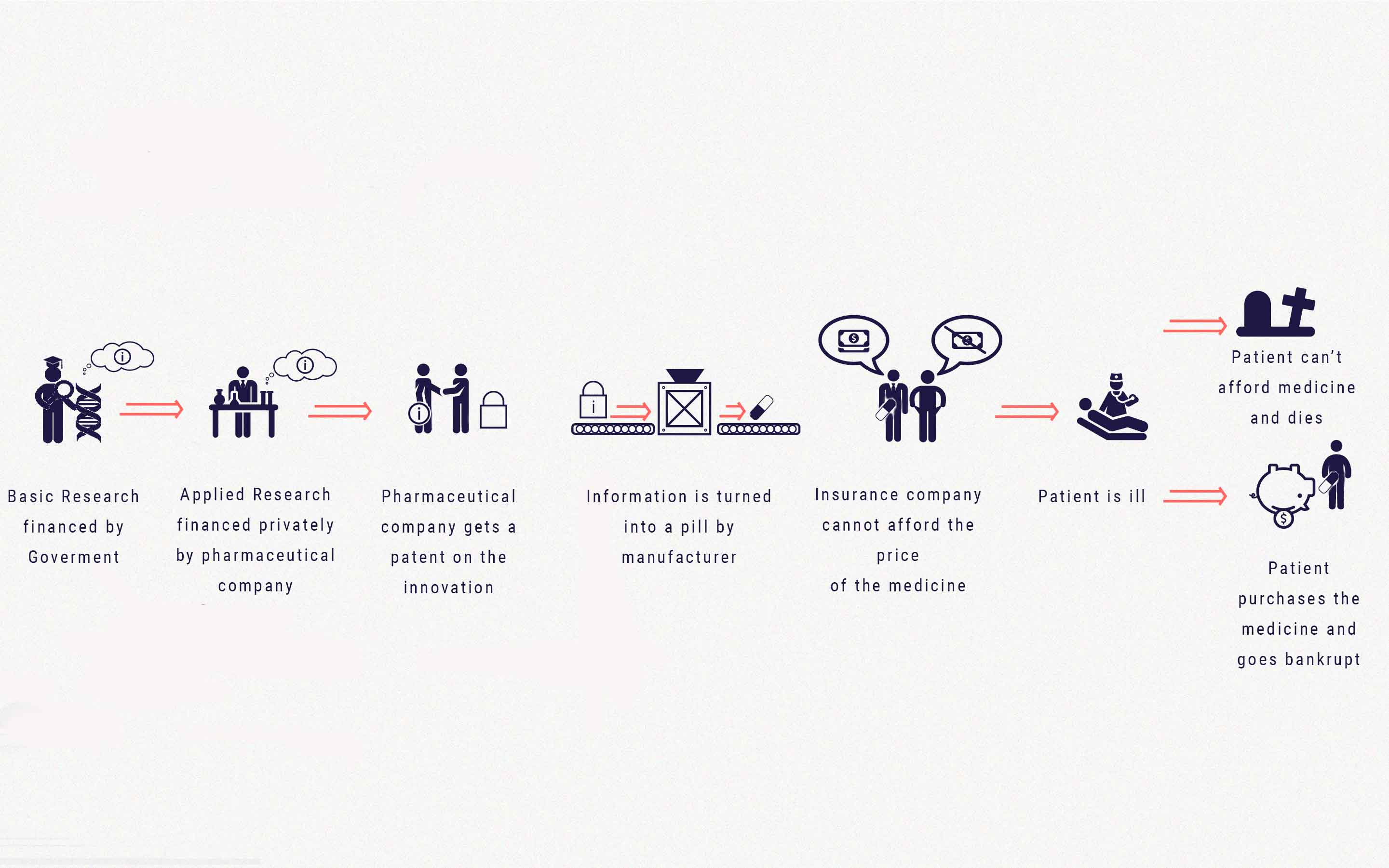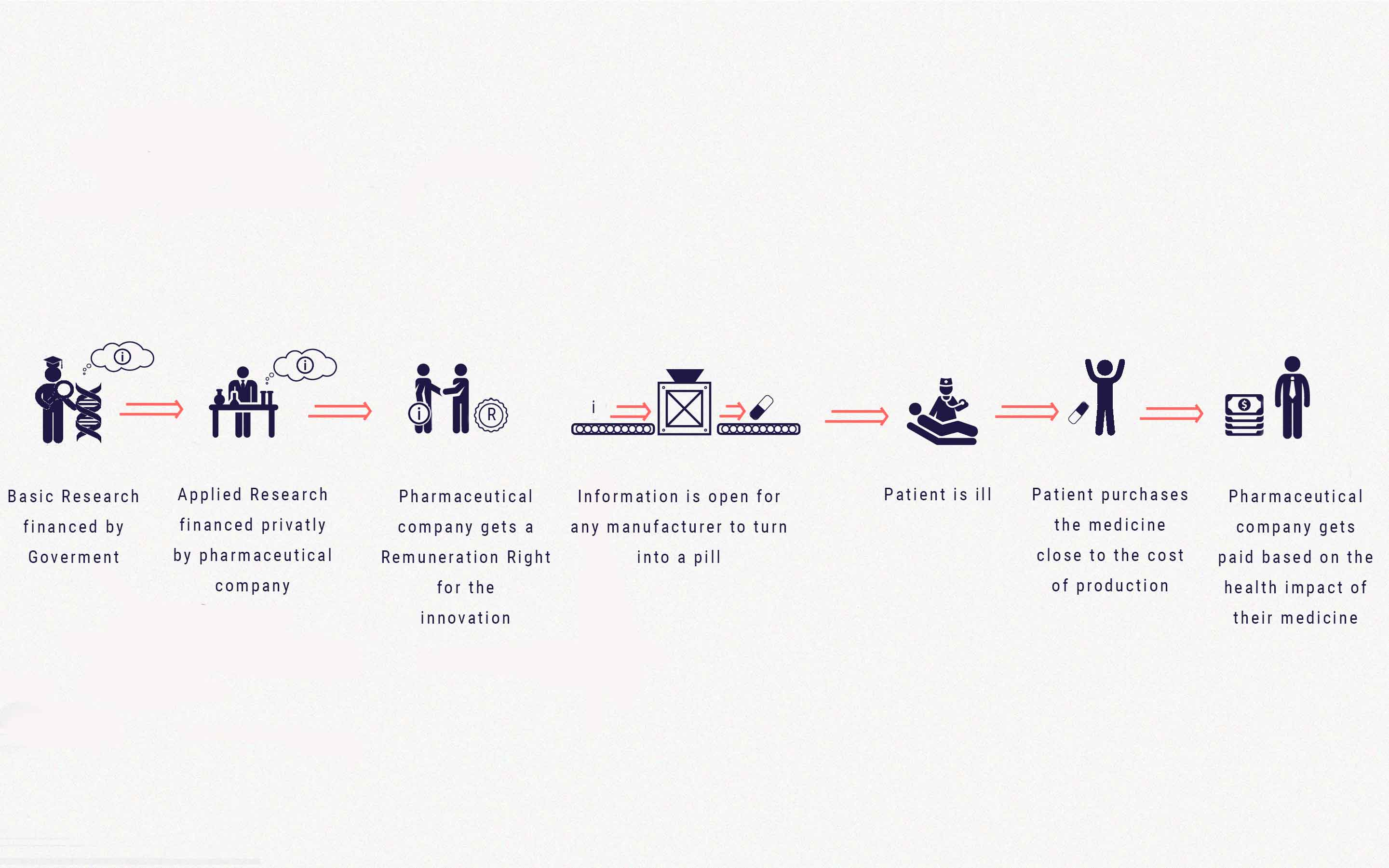14 December 2017
 Sylvie Barbier
Sylvie Barbier
iMed (Innovating Medicines Entrepreneurship and Delivery) is a project researching financial incentives for pharmaceutical research and development.
Today, millions of people around the world cannot afford access to life-saving medicines. Health providers are in crisis, and have to make tough choices about what drugs they can afford to provide.
The source of the problem lies in the current system of monopoly patents for medicines. Patents create an unavoidable conflict by using a single, per treatment, payment to cover the cost of R&D at the same time as manufacturing costs. Under the patent system, innovators need high prices per pill to get paid and these high prices limit the number of patients that can be treated.
A new system is needed. And we have one. Because whilst patents make this conflict systemically inevitable there are alternatives. By separating payment for R&D and payment for manufacture we can remove the source of the conflict delivering strong incentives for innovators at the same time as greatly expanded access for medicines.
We are investigating a specific alternative in which we incentivise and reward innovation with a combination of remuneration rights and grants. In return, innovators provide unrestricted, royalty free access to their innovations for both manufacturing and research. This would create free-market competition in manufacturing leading to prices close to cost of manufacturing, as well as faster, freer and more innovative research. Specifically, this approach would involve:
In both cases innovations would be available unrestricted and royalty-free to others including manufacturers.
Any qualified manufacturer can compete with other manufacturers to make the medicine and they only need to charge for the cost of the ingredients plus a reasonable profit margin, as the R&D is paid already and available for free to them.
Governments, insurers and patients buy the medicines they need at prices close to the ingredient cost plus a manufacturing profit margin. Volume choices are now disconnected from the price of research underlying the innovation.

